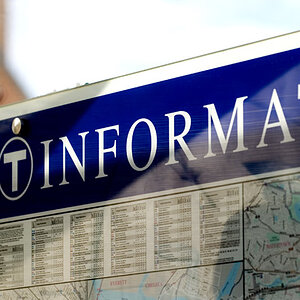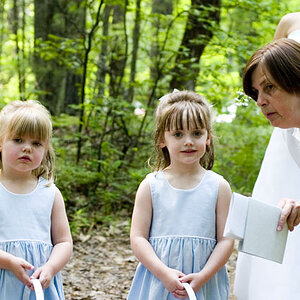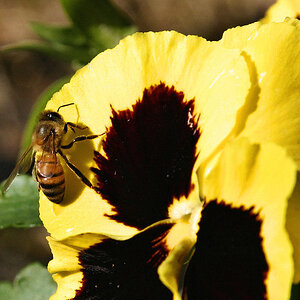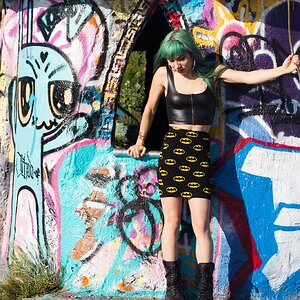LittleMike
No longer a newbie, moving up!
- Joined
- Feb 17, 2010
- Messages
- 295
- Reaction score
- 29
- Location
- Utah
- Can others edit my Photos
- Photos OK to edit
I try to get out and do long-exposure star streak photos every chance I get, but there is always one thing that has kind of annoyed me. I have no idea how to figure out how long to leave the shutter open  I can usually guess pretty close, but it still leaves something to be desired. I have tried to adopt a suggestion from Sw1tchFX which has been by far the most beneficial thing I've done yet, but I still just can't seem to figure out what "math" I need to do to make it really work.
I can usually guess pretty close, but it still leaves something to be desired. I have tried to adopt a suggestion from Sw1tchFX which has been by far the most beneficial thing I've done yet, but I still just can't seem to figure out what "math" I need to do to make it really work.
So I guess my question is, what math would I need to do in order to figure out a longer exposure, assuming I had already done a shorter one at a high ISO/large aperture? Or to make it easy, is there some kind of an app I could download that would figure it out for me :lmao:
Just for reference, here's the post I'm quoting Sw1tchFX from: http://www.thephotoforum.com/forum/...otographing-night-star-trails-lightening.html Scroll down to post #10. Also, my goal is not to simply catch star streaks, but to correctly expose the foreground as well. Similar to the shots Sw1tchFX has given as examples.
Thanks in advance!
 I can usually guess pretty close, but it still leaves something to be desired. I have tried to adopt a suggestion from Sw1tchFX which has been by far the most beneficial thing I've done yet, but I still just can't seem to figure out what "math" I need to do to make it really work.
I can usually guess pretty close, but it still leaves something to be desired. I have tried to adopt a suggestion from Sw1tchFX which has been by far the most beneficial thing I've done yet, but I still just can't seem to figure out what "math" I need to do to make it really work.Crank the ISO to 25600, you'll have to use 3200 (Hi 1).
Set your shutter speed between 5-30 seconds.
I usually leave the aperture close to wide open.
Now the first shot's going to look like sh*t, but that's ok. We just want to get our ballpark exposure without waiting 15 minutes, just to find out we got it wrong.
So now that we have our base exposure of 8 seconds ISO 25k, f/2, now we just have to crunch the numbers down to the same exposure at ISO 200ish and stopped down a little more!
Easy.
PERFECT! Nailed it right on, so now all we have to do is some basic 3rd grade arithmetic and do the same thing.
Once you do it a few times, night photography is easy photography.
So I guess my question is, what math would I need to do in order to figure out a longer exposure, assuming I had already done a shorter one at a high ISO/large aperture? Or to make it easy, is there some kind of an app I could download that would figure it out for me :lmao:
Just for reference, here's the post I'm quoting Sw1tchFX from: http://www.thephotoforum.com/forum/...otographing-night-star-trails-lightening.html Scroll down to post #10. Also, my goal is not to simply catch star streaks, but to correctly expose the foreground as well. Similar to the shots Sw1tchFX has given as examples.
Thanks in advance!


![[No title]](/data/xfmg/thumbnail/36/36668-ac1cd3882e96edd642d568c48ed3e7a5.jpg?1619737676)
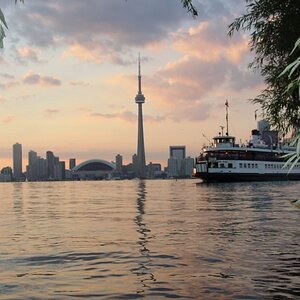
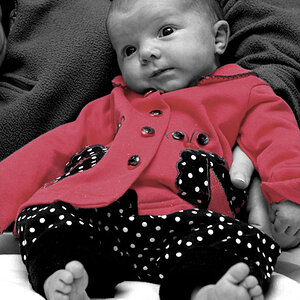
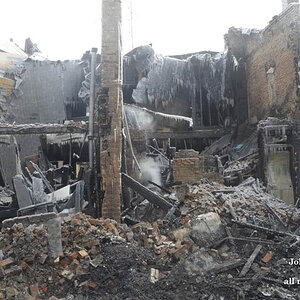
![[No title]](/data/xfmg/thumbnail/37/37536-3578b4f283f738d862be62d896fa52d5.jpg?1619738132)
![[No title]](/data/xfmg/thumbnail/37/37538-d4704bfd4f0e4b1941649d81ff8edf2c.jpg?1619738133)
